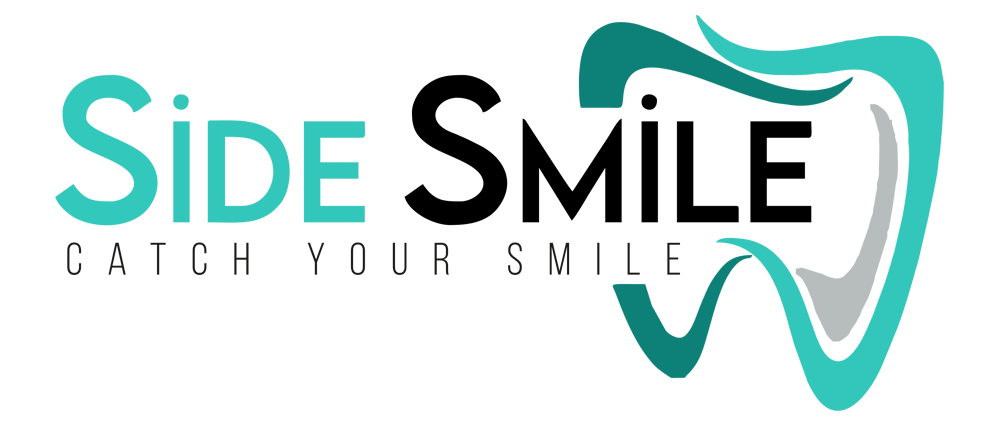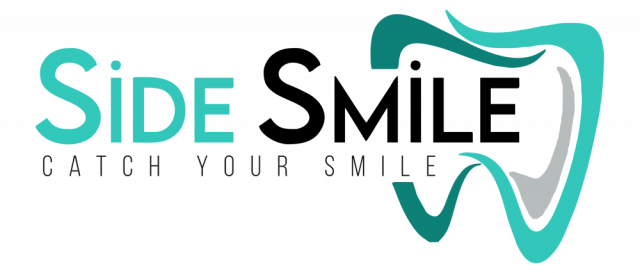Botox Applıcatıons In Dentıstry
WHAT IS BOTOX?
Simply put, it is the production of the toxin from the bacterium Clostridium Botulinum under sterile laboratory conditions and its application to facial wrinkles, aesthetic applications and muscle systems.
Although Botox application is mostly known as an application in the medical field, dentists can also apply Botox by getting the required certified training.
The effect of Botox is not systemic, meaning that it does not affect all the muscles and the body, but only the area where it is applied. Where it is applied, it temporarily blocks the conduction in the nerve endings and does not damage the muscle tissue. The purpose of Botox application is to relieve contraction of the muscles in the area requiring treatment and to eliminate spasms. During Botox application, the toxin is metabolised by the body and its effect lasts for about 4-6 months after application. In muscles that are used regularly and over a long period of time, the need may disappear over time.

IN WHAT SITUATIONS IS BOTOX USED IN DENTISTRY?
- Botox is most commonly used in the treatment of bruxism, or clenching of the teeth. Clenching caused by stress, mineral or vitamin deficiencies and depression is now common. Bruxism patients are generally unaware that they are clenching their teeth, often they do it while sleeping and it can continue for years. Its symptoms are: Ear pain, headache, jaw pain, fatigue of the masticatory muscles and sometimes restriction of mouth opening.
Bruxism is first tried to be treated with plaque. If the result is not achieved with plaque, Botox is applied to the jaw-closing muscles, thus interrupting the nerve conduction in the corresponding muscles and preventing clenching.
- Another common use of Botox is gummy smile (visible gingiva) treatment. When these people talk or laugh, the gums appear much more than they should. This situation proportionally spoils the aesthetics. When the muscles that lift the lip are overworked, some skeletal problems and short upper lip distance can lead to a gummy smile.
This problem can be prevented with a 5-10 minute Botox application to the lip muscles. The person can continue their usual life without worry after the application.
– Botox can also be applied to relieve joint disorders caused by excessive mastication. Although there are occlusal adjustment options, intraoral appliances or surgical procedures to alleviate these conditions, Botox is used as an alternative method on the appropriate masticatory muscles to provide long-term relief.
- Masseter hypertrophy (growth) can occur in patients who grind their teeth constantly. When the mass of this muscle increases, swelling is felt in the face and aesthetics are lost. Botox is used to reduce excessive activity in the muscle and thus reduce muscle mass.
- In some cases, spasms may develop in the muscles that close the lower jaw. As a result, the person may have difficulty maintaining oral hygiene and eating. Botox is applied to the affected spastic muscles and the spasm is released.
- Botox can be used to treat oromandibular dystonia, a movement disorder that develops due to involuntary contractions of the chewing muscles and lower facial muscles. People with this disorder have difficulty speaking, eating and swallowing. Treatment is done by applying Botox to the relevant muscles.
- Conditions with excessive salivation are called sialores. Although these conditions can be relieved with some medications or behavioural therapy, Botox application is also one of the treatment options. Botox is applied to the affected salivary gland and the saliva rate is reduced to normal.
- Botox is used to treat trigeminal neuralgia, which manifests itself with stabbing pain on one side of the face. Botox is injected into the relevant muscles and blocks the nerve conduction, relieving the pain.
- If the chewing muscles are very strong, the fusion of the implant with the jawbone can be impaired by overloading the implant. Botox is applied to the chewing muscles and the fusion between implant and bone is accelerated.
- Botox can be used as a solution for masticatory muscles that negatively affect the stabilisation of the denture. Thus, the prosthesis is held in the mouth.
- Botox can be used on strong muscles such as mental muscles to prevent recurrence in people who have undergone orthodontic treatment.
- In the case of fractures in the face or mandible, Botox can be used in addition to the fracture treatment to reduce the contraction of the muscles.
PERSONS FOR WHOM BOTOX SHOULD NOT BE USED
- Working in a job where the use of facial expressions is important.
- Persons under 12 years of age.
- Pregnant or breastfeeding women.
- People with neuromuscular disorders
SIDE EFFECTS THAT CAN BE OBSERVED WITH BOTOX TREATMENTS
- Allergies
- Pain
- Edema
- Redness
- Infection
- Dry mouth
- Facial nerve palsy
- Short-term nervous insensitivity
- Fatigue
- Nausea
- Itching
- Difficulty swallowing
Short application times and the rarity of side effects after the procedure are the features that have recently brought Botox to the forefront.
Besides the aesthetic expectations, many problems in the face and chin area, as mentioned above, can be eliminated thanks to the Botox used for treatment. The most important point in the application is the treatment by injecting the appropriate dose into the corresponding muscle.
We wish you healthy days


